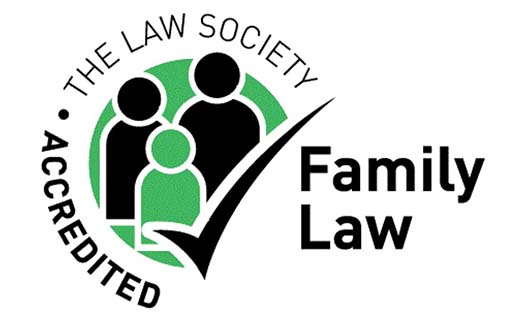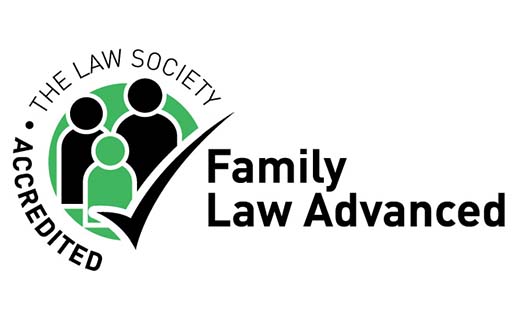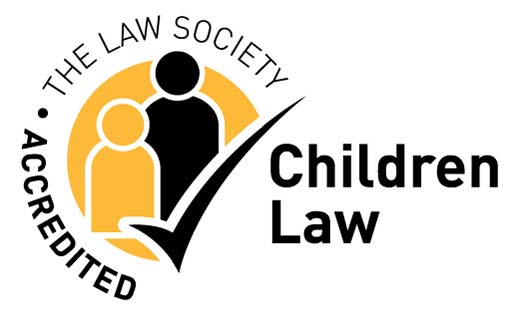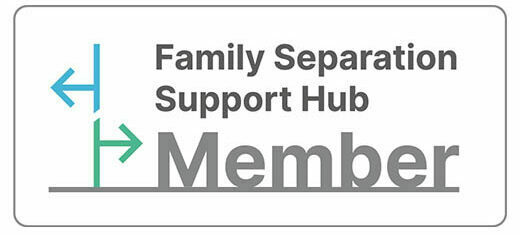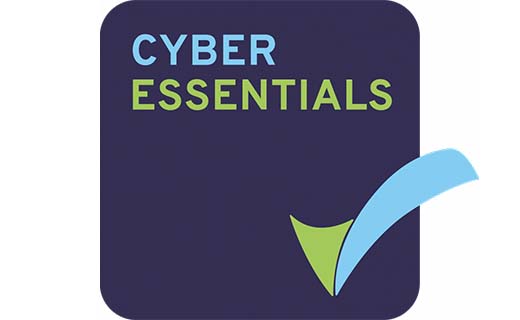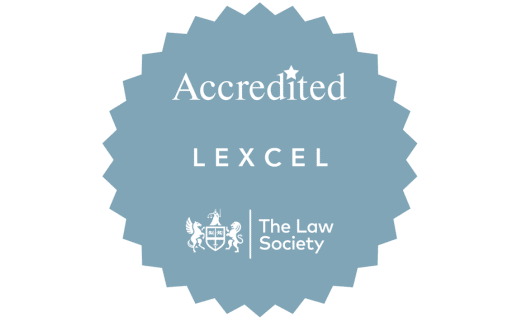If a referral has been made to children’s services regarding your child, it’s natural to feel upset, worried, and anxious about what’s in store. The process of ensuring children remain healthy and safe in the home can be a long one and it’s a process that can often be very confusing and overwhelming. At National Legal Service, we’re here to help.
Below, we take a closer look at the process that will be used to determine whether intervention is needed. We’ll cover all the standard assessments – from the initial C&F assessment through to care proceedings in court – to explain what they’re all about.
C&F Assessment
‘C&F’ stands for ‘child & family’, and this is usually the first assessment that will be made following a referral to the local authority’s children’s services team. Anyone – including parents, other family members, friends, teachers, and health visitors – can make a referral if there are any concerns about the wellbeing or safety of a young person.
The C&F assessment is an initial evaluation of the situation, and in most cases it will take place within 45 days of the referral. As the name suggests, the assessment isn’t just for the child; it’s to ensure that parents and caregivers have the support they need, too.
Usually, a C&F assessment will answer five important questions:
1. Is the child safe?
2. Is the child developing at the right pace?
3. Are parents and caregivers coping?
4. Are there any social or environmental pressures?
5. Is there anything that can be done to improve the situation?
To answer these questions, a meeting will be set up with parents or guardians. Where older children are involved, it may be necessary to talk with children alone, or in a group setting with parents or caregivers, to assess both individual and family needs.
This type of assessment is often led by a social worker from the child services team, although other professionals may be asked to be involved to ensure the best outcome.
There are many different possible outcomes of a C&F assessment, including:
● No further action deemed necessary
● Further specialist evaluation needed to gather more information
● Arrangement of support such as group meetings at local children’s centres
● Development of a Child in Need (CiN) plan
● A Section 47 enquiry should safeguarding measures be needed
● Emergency action should a child be at immediate risk
CiN
‘CiN’ stands for ‘Children in Need’, and it’s a plan that may be put in place following a C&F assessment. Naturally, many parents and guardians worry that a CiN plan means child services believe the child is in danger, but this is far from the truth. In reality, a CiN plan is designed to provide any additional support that families may need but it means social services are happy enough, at that stage, that it is safe for the children to remain at home.
For example, a CiN plan may be recommended in cases where…
● A child requires extra help to maintain their own standard of health or development, such as a young carer who is supporting a disabled parent.
● A child requires assistance to improve their health and development, which may arise from financial worries within the family, or a lack of stable accommodation.
● A parent requires a more robust support system for caring for a child with disabilities or additional needs, including physical and emotional conditions.
A CiN plan will outline the specific support that the family needs, and will confirm which agency or organisation will be responsible for providing such assistance. There are many possible forms of support available to families, including day care facilities for young children, counselling services, family centres, financial support, accommodation, and respite. A CiN meeting will be held to determine the level of support that’s needed.
When a CiN plan is in place, there will usually be reviews held every 6 months, or following any major changes to the family situation. When the plan has achieved its goals, it may be decided to ‘step down’ the plan and lower the level of support, or to remove the plan entirely, with no further action deemed necessary for parents or children.
CP
‘CP’ stands for ‘child protection’, and a CP assessment is undertaken when it’s believed that a child may be experiencing harm within the home or is at risk of suffering future harm. In most cases, ‘harm’ is used to referred to any form of abuse – including physical, emotional, and sexual abuse – as well as neglecting to meet a child’s health and development needs. Harm may not always come from a parent, but from regular visitors to the home.
In the UK, around 60,000 children each year are on a CP plan; a document that outlines what parents or guardians must do to reduce the risk of suffering and promote healthy development, as well as the support the family will receive from the local authority.
When a CP plan is in place, families will be assigned a named social worker who will help the family to implement the plan, and review the child’s progress regularly.
When developing a CP plan, the needs of the child and the views of the parent or guardian will always be taken into consideration. However, there are situations where the family may not agree with the plan, or believe the plan not to be necessary.
Should this happen, speaking with the named social worker may help. If not, you may wish to seek legal advice to help you challenge things with the local authority. It is very important that child protection plans meet the needs of the family, especially as these plans can be in place long term. A CP plan will be removed when:
● It is agreed by a panel that that the child is no longer at risk of harm
● The child turns 18
● The child permanently moves out of the country
PLO
Contrary to what is often said, social workers do not want to remove children from their families. And so, should it be determined that further intervention is necessary such as a court order for care proceedings, a PLO meeting will be set up which enables parents and guardians to learn more about the concerns, and make changes to reduce risk.
PLO stands for ‘public law outline’, and it is the process that is used to discuss serious safety concerns and, hopefully, avoid the need for care proceedings to be started.
It is an opportunity for parents to listen to the most urgent and pressing concerns that social workers have about a child’s health, safety, and wellbeing, and implement changes that better promote healthy development and remove the risk of harm.
Unlike CiN meetings or CP meetings, parents and guardians that are invited to a PLO meeting (confirmed in writing, via a letter) will be entitled to bring along their own legal representation. This ensures that parents are fully able to understand the terminology that is used by professionals in the meeting, and have access to the advice and guidance they need to make informed decisions in the best interests of the child.
There are two possible outcomes of a PLO meeting:
1. A plan is agreed between all parties involved that can be implemented to remove the risk of harm. Further PLO meetings will be held to review the success of the plan.
2. A plan to remove the risk of harm cannot be agreed, and the local authority decides to make an application to the court for care proceedings to safeguard the child.
Care Proceedings
Should an agreed PLO plan fail, or not be deemed to be an appropriate resolution to the situation, social workers can apply to the court to begin care proceedings. Following consideration of initial evidence, a Judge may decide that the child should be removed from the home and placed in a safer environment pending further and fuller assessments of the issues raised with the family court.
Care proceedings are a very serious matter and investigations are thorough and comprehensive. The Government aims to conclude these cases within 26 weeks, but proceedings can be extended by 8 weeks at a time with justification. With the pandemic, the average length of proceedings now stands at 44 weeks. During this time, the child may remain at home provided they are not believed to be in immediate danger and/or safeguards can be put in place to address any concerns. However, an interim order can also be granted if the child cannot live safely at home, with a care plan for the children to instead stay with family, friends, or foster carers.
Find out more about care proceedings here.
There are usually three outcomes in care proceedings:
1. A care order is granted, transferring parental responsibility to the local authority. Children are often placed with a foster family, or with members of their own family that have been positively assessed.
2. A supervision order is made, which is similar to a care order. However, while the local authority will be involved in decision making for the child, they are not granted parental responsibility.
3. A special guardianship order means the parents retain their parental responsibility for the child but the appointed guardian also acquires PR and whilst there is a duty to consult with parents about important issues relating to the children’s health, education and religion; the guardians have an overarching PR.
We’re Here to Help
Care proceedings can be very difficult and upsetting, and the process is not made any easier by the terminology and jargon that is often used by those working in the sector. It is always advised to seek legal support to ensure you understand what is happening.
At National Legal Service, our team of specialist, accredited family and care solicitors are here to offer advice and guidance every step of the way. From answering your questions relating to an initial C&F assessment to accompanying you to a PLO meeting, we’re here to support you and your family however you need. Call us on 020 3601 5051 for expert advice.




